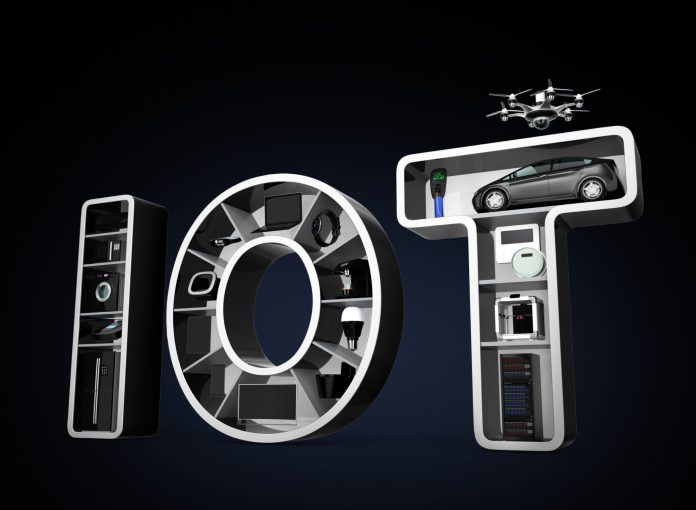The adoption of the enterprise internet of things (IoT) solutions continues to grow and a number of use cases prove the benefits companies can obtain through the deployment of internet of things tools. By leveraging the internet of things, enterprises gain operational efficiencies and reduce costs through a number of different solutions.
Predictive maintenance
Predictive maintenance is an IoT/M2M solution that helps companies to lower operating and capital costs by facilitating proactive servicing and repair of assets. With the use of sensors, cameras and data analytics, managers are able to determine when a piece of equipment will fail before it does.
Predictive maintenance uses sensors which are located on the asset being monitored. These assets provide a constant flow of data connected to a central processing facility using some WAN- or LAN-based connectivity platform. Then, the captured data is continuously evaluated – for example, in a business intelligence system.
The concept of predictive maintenance is likely to expand exponentially in the internet of things (IoT), in which more and more machines are being managed by networked smart devices. Predictive maintenance has the dual benefit of optimizing equipment uptime and performance while reducing the time and labor associated with inspections and preventive maintenance.
Supply chain management
The internet of things will allow a supply chain to control the external environment and execute decisions. With the IoT, sensor-embedded factory equipment can not only communicate data about parameters such as the temperature and utilization of a machine, but also change equipment settings and process workflow to optimize performance.
Enterprise IoT solutions can make information about transport available to the entire supply chain, making the chain more transparent. The smart items monitor the goods and proactively raise an alert if transport conditions are not appropriate anymore, so the carrier is alerted and the goods have a higher chance to be saved.
Another key area is in-transit visibility. Key to in-transit visibility are cloud-based GPS and Radio Frequency Identification technologies, which provide identity, location and other tracking information. Data gathered from GPS and RFID technologies not only allows supply chain professionals to automate shipping and delivery by exactly predicting the time of arrival; they can monitor important details like temperature control, which impact the quality of a product in-transit.
Asset optimization
One of the challenges for small, medium and large enterprises is how to use assets to their greatest potential. When assets are mismanaged or underutilized, equipment failures occur and operating expenses increase, negatively impacting the company’s revenues. Companies can take advantage of internet of things tool in order to improve asset optimization to take full advantage of their assets and to improve productivity.
IoT asset optimization solutions are used to analyze asset data in real-time, recommending options for improvement in the use of the assets. The solutions are designed to integrate real-time information from multiple systems and sources. Solutions also provide a single point of access to critical data being generated by key assets such as manufacturing equipment, electricity and wind turbines, oil and gas exploration equipment and healthcare devices, among others. Operations teams can have access to real-time data which is used to create predictive models to identify maintenance and upgrade requirements before failures occur.
Fleet management
Fleet management solutions are telematics-based services that allow companies in the transport vertical to track their vehicles in real time, reduce operative fleet costs, protect personnel and assets and increase productivity.
These solutions allow companies to monitor the geographical position of the vehicles, ensuring compliance with established routes and schedules. Fleet management solutions also optimize working times and reduce fuel costs by controlling routes and work processes.

